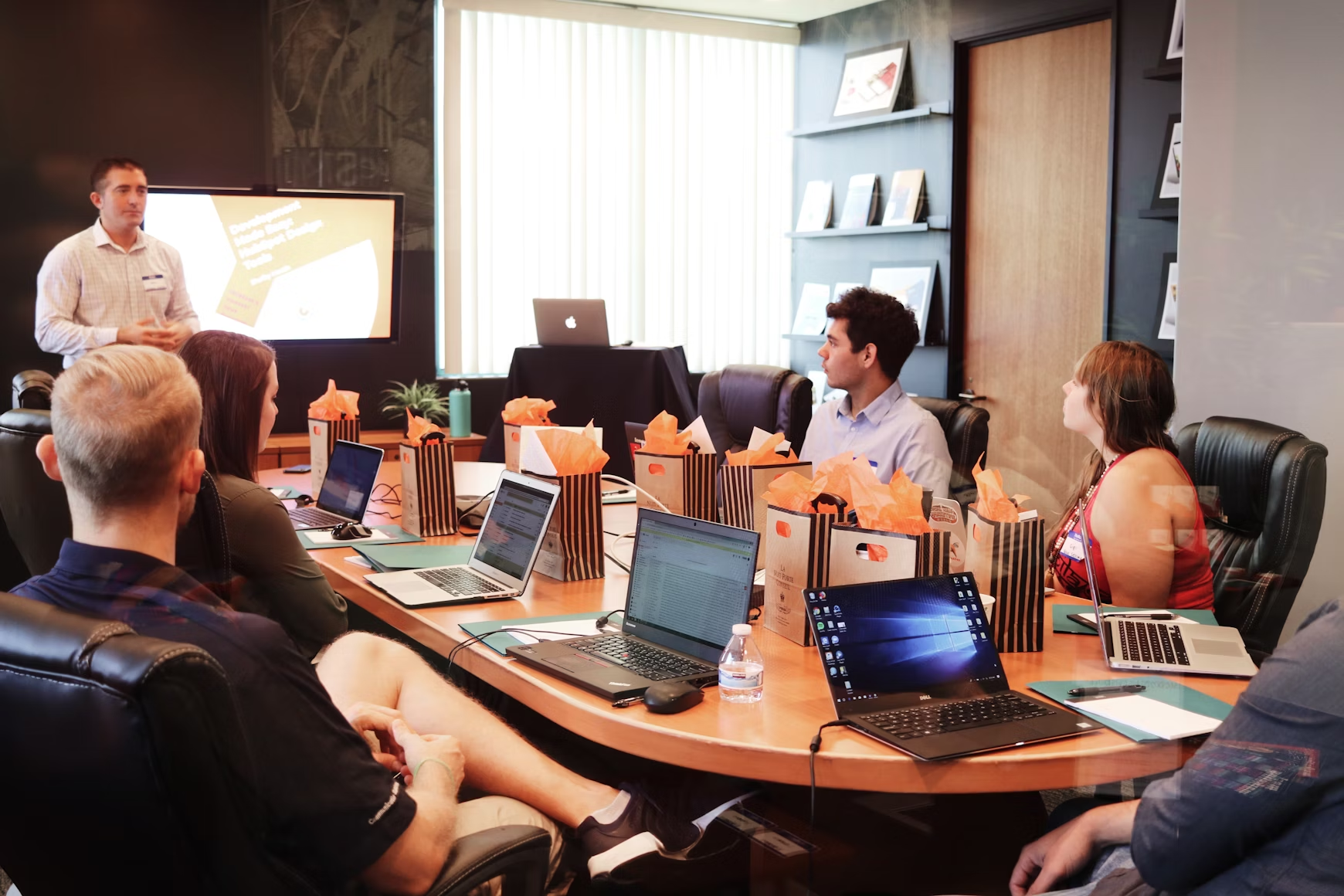Every Agile coach eventually encounters a project that pushes them beyond their comfort zone. It’s the kind of challenge that tests their skills, patience, and adaptability. For me, that project wasn’t just difficult—it was transformational. It forced me to rethink my approach, develop emotional resilience, and embrace adaptability in a way I had never done before.
There’s a common belief that Agile transformations are simply a matter of applying frameworks, facilitating Scrum ceremonies, and training teams on Agile principles. However, the reality is far more complex. Resistance, organizational culture, and leadership dynamics often determine the success or failure of an Agile transformation more than the frameworks themselves.
This is the story of how one particularly tough project reshaped my understanding of Agile coaching and made me a more resilient, self-aware leader.
The Challenge That Redefined My Approach
A Complex Agile Transformation
The project began like many others: a large organization struggling with inefficiencies, misalignment between leadership and teams, and a lack of Agile mindset. My role was to guide them through an Agile transformation, helping them transition to a more iterative, collaborative, and adaptive way of working.
On paper, the process seemed clear. In practice, it was anything but. From the start, the organization exhibited deep cultural resistance to change. Leadership was skeptical, teams were disengaged, and Agile was viewed as just another management initiative rather than a meaningful shift in the way they worked.
Despite having led multiple successful Agile transformations before, this one quickly proved to be unlike any other. The standard coaching techniques—Agile workshops, Scrum ceremonies, and leadership alignment meetings—were met with hesitation or outright resistance. It didn’t take long to realize that this was not just a process challenge; it was a cultural challenge.
Why Traditional Approaches Failed
My initial strategies, which had been effective in past projects, did not yield results here. The structured Agile training sessions and coaching frameworks I relied on failed to gain traction. Even after multiple attempts to explain the benefits of Agile, skepticism remained high.
The problem was clear: I was focusing too much on processes and frameworks while ignoring the human side of change. Agile transformations are not just about adopting new methodologies—they are about shifting mindsets, behaviors, and deeply ingrained ways of working.
That realization changed everything. Instead of trying to enforce Agile principles, I needed to understand the people behind the transformation—their concerns, their fears, and their motivations.
The Turning Point: Embracing a People-First Approach
Building Trust Through Active Listening
One of the most important lessons I learned was that trust is the foundation of any successful transformation. Without it, no amount of training or process improvement will make a difference. Instead of pushing Agile practices onto teams, I took a step back and focused on understanding their resistance.
I started by listening more and judging less. I spent time with teams, asking open-ended questions to uncover the root causes of their skepticism. I met with leaders to understand their concerns and hesitations. The more I listened, the clearer it became that their resistance wasn’t due to a lack of understanding—it was due to fear of change and past failed initiatives.
Focusing on Small, Incremental Wins
Instead of trying to overhaul everything at once, I shifted my strategy to focus on small, achievable wins. Rather than mandating a complete Agile transformation overnight, I encouraged teams to experiment with small changes—improving their daily stand-ups, refining backlog prioritization, or increasing collaboration between developers and business stakeholders.
These small successes began to shift perceptions. Teams started to see tangible improvements in their workflow, and leaders started to recognize the value of Agile in real business outcomes. Over time, these incremental wins built momentum and helped drive broader adoption.
Adapting My Coaching Style
Agile coaching is not a one-size-fits-all approach. This project taught me the importance of adapting coaching techniques based on the organizational context. In some environments, a direct, structured approach works best. In others, a more flexible, patient, and empathy-driven style is required.
For this organization, I had to let go of rigid expectations and meet them where they were. That meant adjusting the pace of transformation, aligning Agile practices with their existing workflows, and allowing them to take ownership of the change process.
The Role of Emotional Resilience in Agile Coaching
This project was a masterclass in emotional resilience. Leading an Agile transformation in a resistant environment can be frustrating and, at times, demoralizing. There were moments when I questioned whether change was even possible. However, I learned that resilience is one of the most powerful tools an Agile coach can have.
Emotional resilience allowed me to remain calm under pressure, navigate conflicts constructively, and stay focused on long-term goals despite setbacks. It helped me manage frustration, maintain perspective, and lead with confidence even when progress was slow.
More importantly, emotional resilience is contagious. When leaders and coaches demonstrate composure and optimism, teams begin to mirror that attitude. A resilient Agile coach creates a resilient Agile culture.
Key Lessons Learned
Agile Success Is More About People Than Processes
While Agile frameworks provide valuable structure, they are not the deciding factor in transformation success. The real work lies in changing mindsets, building trust, and creating an environment where teams feel empowered to improve.
Self-Awareness Is Critical for Effective Leadership
Throughout this project, I developed a deeper understanding of my own strengths, biases, and triggers. I learned when to push forward and when to step back. Self-awareness made me a more adaptable, empathetic, and effective coach.
Incremental Progress Leads to Meaningful Change
Instead of aiming for immediate transformation, focusing on consistent, small improvements proved to be the most effective strategy. Success builds on success, and momentum creates lasting change.
Resilience and Adaptability Are the Most Valuable Skills
No Agile transformation goes exactly as planned. Unexpected challenges, resistance, and setbacks are inevitable. The ability to stay adaptable, remain patient, and continuously adjust your approach is what separates good Agile coaches from great ones.
Conclusion
Looking back, what initially felt like one of the toughest challenges of my career turned out to be one of the most rewarding experiences. This project reshaped my understanding of Agile coaching, deepened my resilience, and reinforced the importance of focusing on people, not just processes.
For anyone currently facing a difficult Agile transformation, my advice is this: embrace the challenge, trust the process, and focus on incremental progress. Every obstacle is an opportunity to grow, refine your approach, and become a stronger leader. Agile isn’t just about managing work—it’s about navigating complexity with confidence, adaptability, and a people-first mindset.
Frequently Asked Questions (FAQs)
1- Why is emotional resilience important for Agile coaches?
Emotional resilience helps Agile coaches manage resistance, stay composed in high-pressure situations, and navigate conflicts with confidence. It allows them to focus on long-term goals without being discouraged by short-term setbacks.
2- How can I build trust with my team during an Agile transformation?
Trust is built through active listening, transparency, and consistency. By understanding team concerns, validating their experiences, and demonstrating commitment to their success, Agile coaches can foster a culture of trust and collaboration.
3- What’s the best way to handle resistance in Agile transformations?
Resistance should be met with curiosity rather than frustration. Identifying the root causes of skepticism, addressing fears, and focusing on small wins can gradually shift mindsets and encourage adoption.
4- How do I stay motivated during difficult projects?
Maintaining perspective, focusing on incremental progress, and prioritizing self-care are key. Surrounding yourself with a support network of fellow Agile practitioners can also provide encouragement and fresh insights.
5- What’s the biggest lesson from this experience?
The most important lesson is that Agile transformations succeed when they prioritize people over processes. Culture, trust, and adaptability are far more influential in determining success than any specific framework or methodology.


